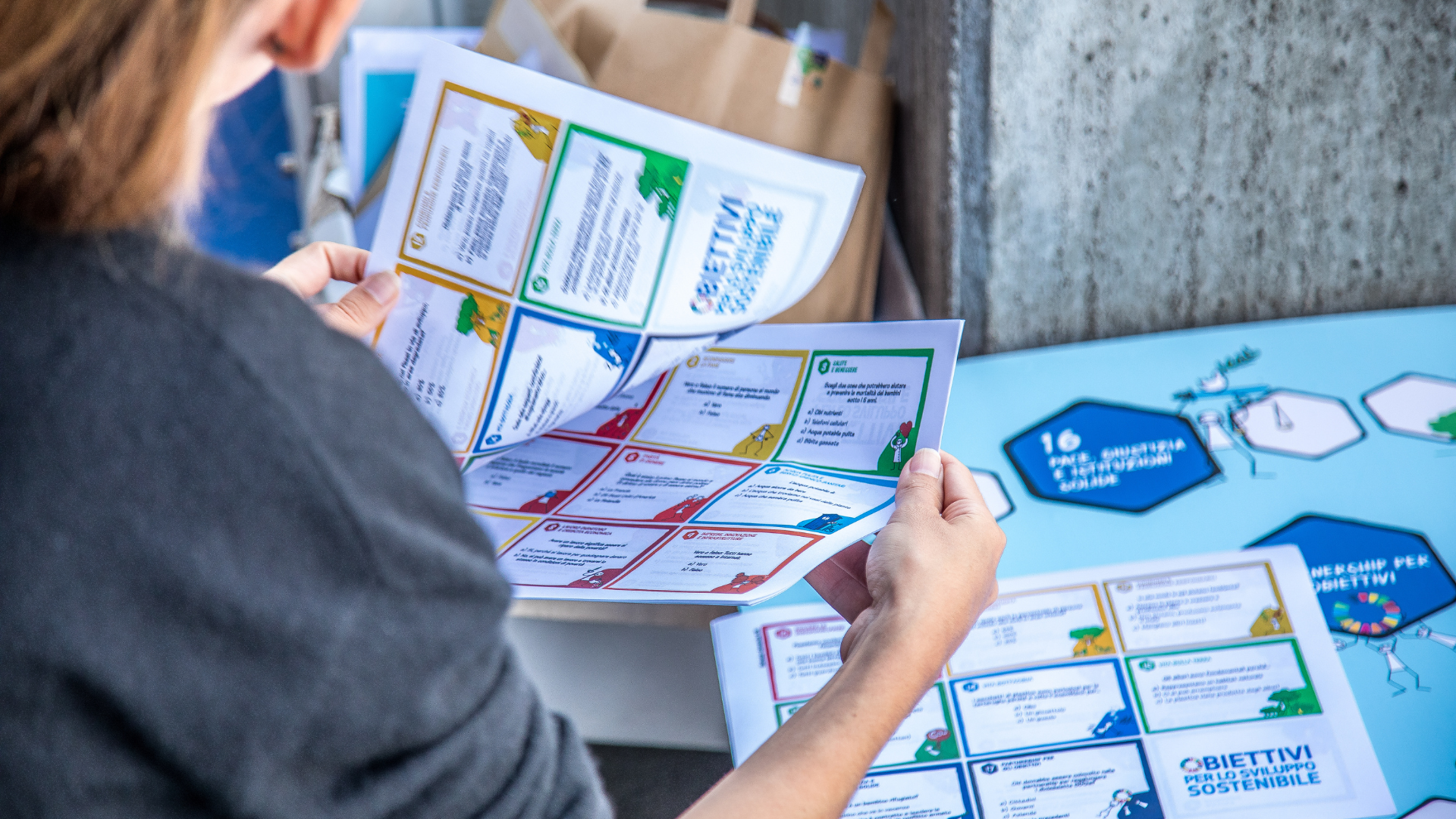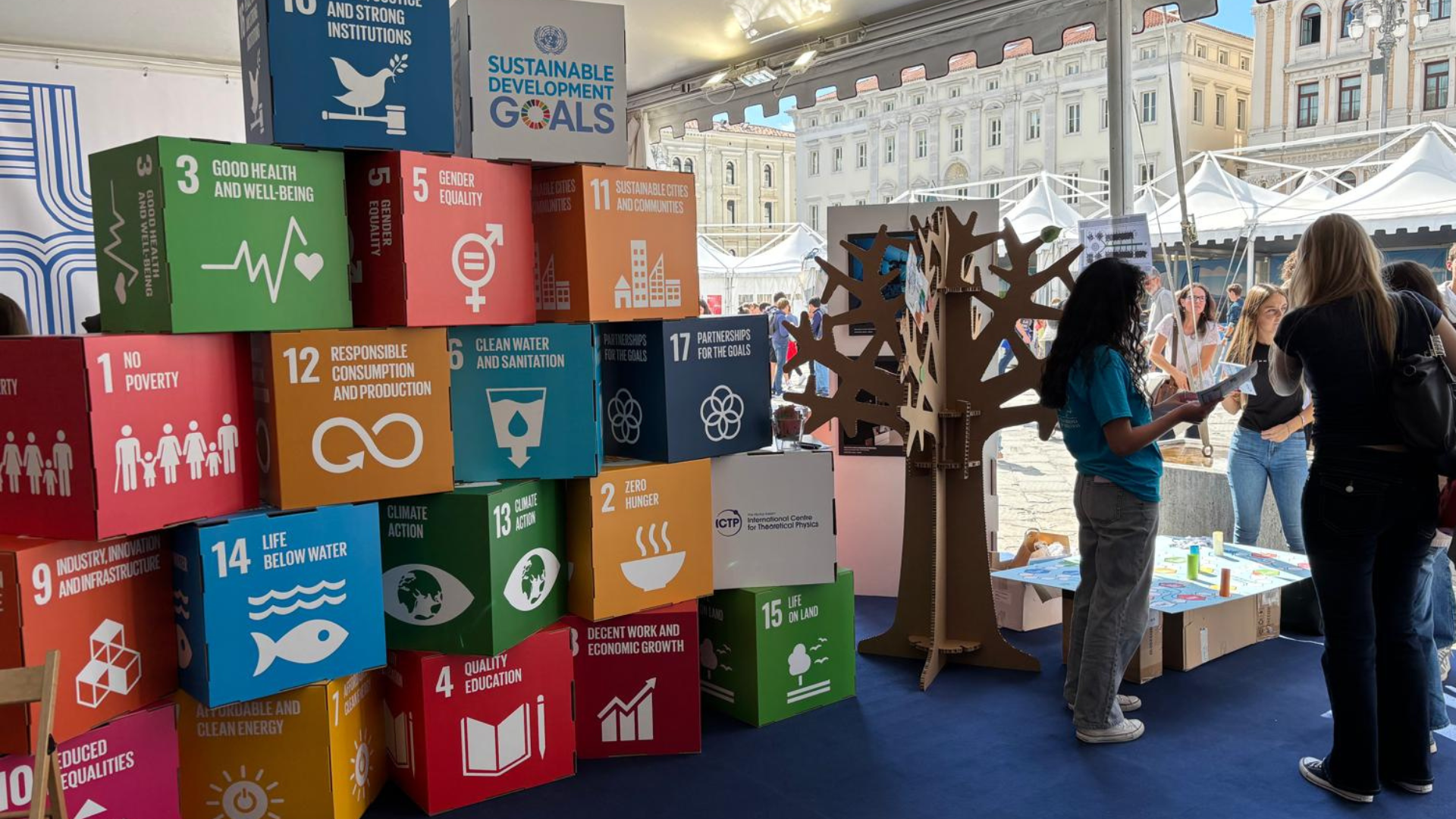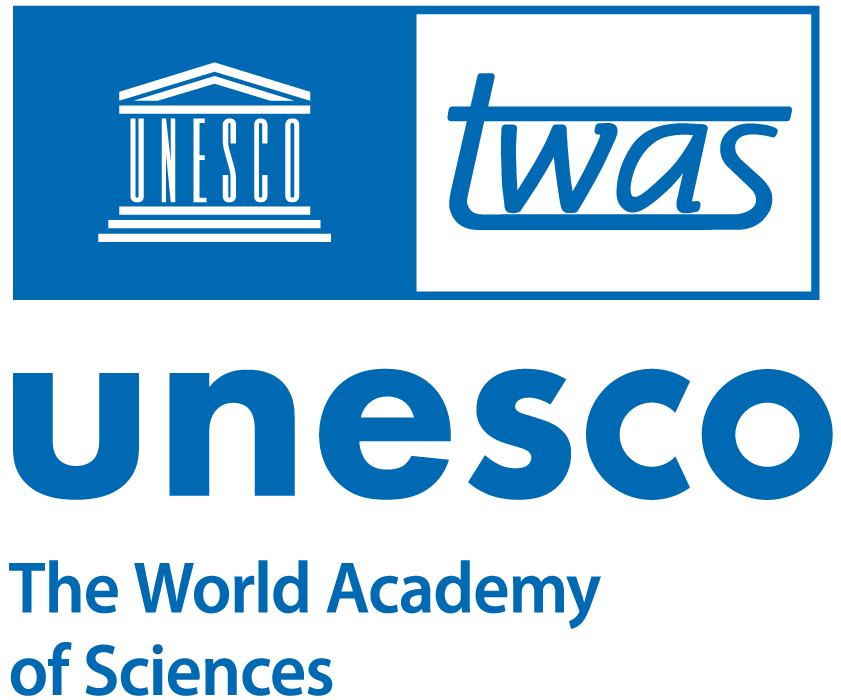Artificial intelligence (AI) is already shaping our daily life. From helping doctors catch diseases earlier to tracking air pollution, AI is finding practical uses across sectors. At the same time, experts continue to raise concerns about privacy, bias, and accountability. Still, these technologies show promise in improving public health, protecting the environment, and supporting smarter decision-making.
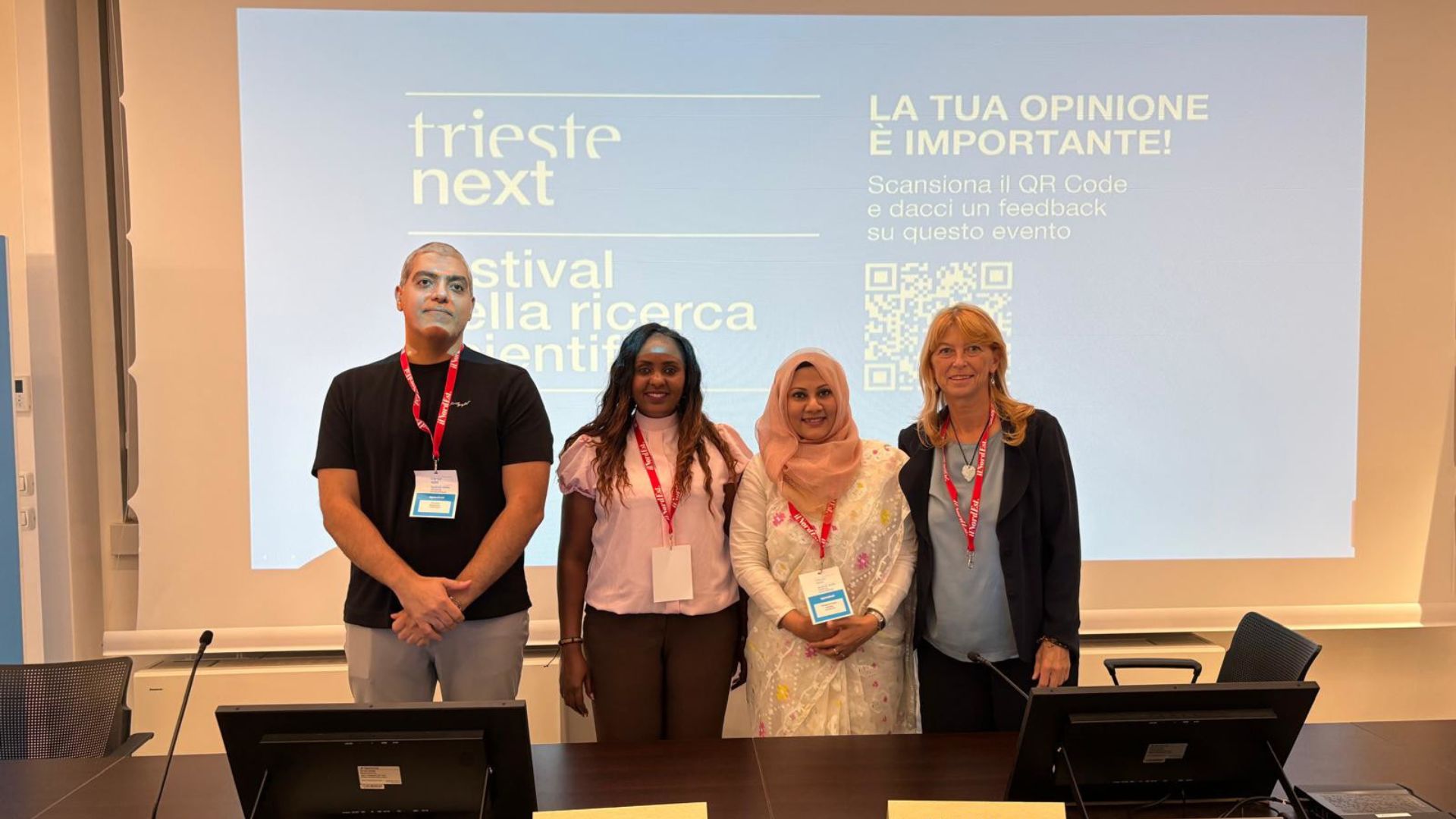
During the 14th edition of the science festival Trieste Next, held from September 26–28, the Academy co-organized a roundtable to explore AI’s potential to tackle some challenges of today’s society. The festival has been held every year since 2012 in Trieste, where TWAS is headquartered.
The roundtable was titled Science and Technology: Changing Paradigms, Shaping Global Impact, and was held on September 26, the opening day of the festival at the Urban Center conference space in Trieste. TWAS co-organized it alongside the InterAcademy Partnership (IAP) and the Organization for Women in Science for the Developing World (OWSD).
Three speakers joined from afar: Tahsina Farah Sanam, OWSD member and professor of technology management at the Bangladesh University of Engineering and Technology (BUET), of Bangladesh; Fetenech Meskele Ganebo, a TWAS-SISSA-Lincei fellowship awardee and professor of computer science at Wolaita Sodo University, of Ethiopia; and Ahmed Hassoon, IAP Young Physician Leader alumnus and professor of epidemiology and AI at the Johns Hopkins Bloomberg School of Public Health, of Baltimore, US.
Their presentations and viewpoints sparked thoughtful discussion, with around 70 attendees in the audience.
Smart solutions for global good
As AI systems grow in sophistication, approaching levels of reasoning and communication that once were uniquely human, one question scientists are increasingly asking is: Who is this technology being built for?
One answer came from Sanam’s research. Sanam is a leading researcher in AI, machine learning, and the Internet of Things. Her main interests focus on AI applications in healthcare and, at Trieste Next, she discussed AI applications for early detection of autism spectrum disorder (ASD).
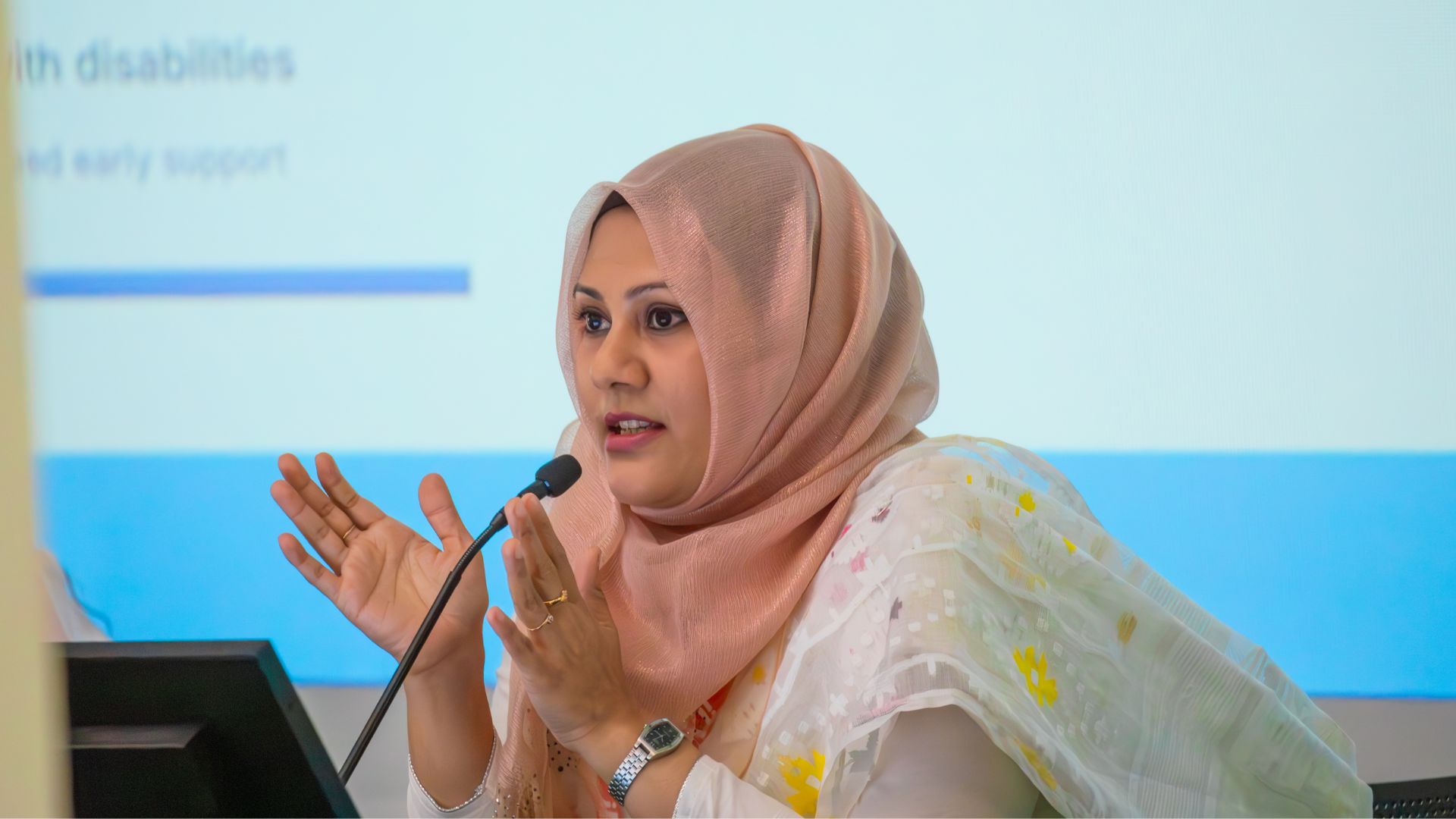
According to a nationwide survey carried out in Bangladesh, autism affects one in 589 young children, with boys at higher risk (one in 423 boys compared to one in 1026 girls). Bangladesh faces a critical shortage of autism specialists—less than 10 in a country with more than 165 million people—and delayed diagnosis prevents early intervention when help would be most effective.
Knowing that physical contact can be challenging for individuals with autism, Sanam explored contactless AI-based strategies, using existing Bangladeshi Wi-Fi facilities. “I designed an algorithm that analyzes movement patterns,” she explained, “and then I used Wi-Fi signals that pass through the body, to capture movement patterns continuously.”
By processing real-time data of their movements, the algorithm allows identification of behaviours that are common in ASD, such as hand-flapping and head-banging. Sanam then optimized her model for use in different environments, testing it against traditional diagnoses.
“A key part of this project was securing collaboration from hospital and schools, engaging urban and rural centres for testing, and fighting social exclusion that makes it hard for parents to collaborate.” Other barriers were limited funds and the gender bias. “Initially I was ready to quit. I could hardly keep work and private life in balance, and being a woman-scientist was an obstacle.”
Although her project is expected to be fully operational by mid-2026, she said: “My work is already making an impact, transforming autism care in Bangladesh. It is easing early detection, building bridges between doctors, teachers, and parents, and helping to break the stigma so that every child can be seen, supported, and understood.”
When malaria meets algorithms
Ganebo, a senior researcher and lecturer at the School of Informatics of Wolaita Sodo University, in Ethiopia, explained how AI can be applied to manage environmental problems.
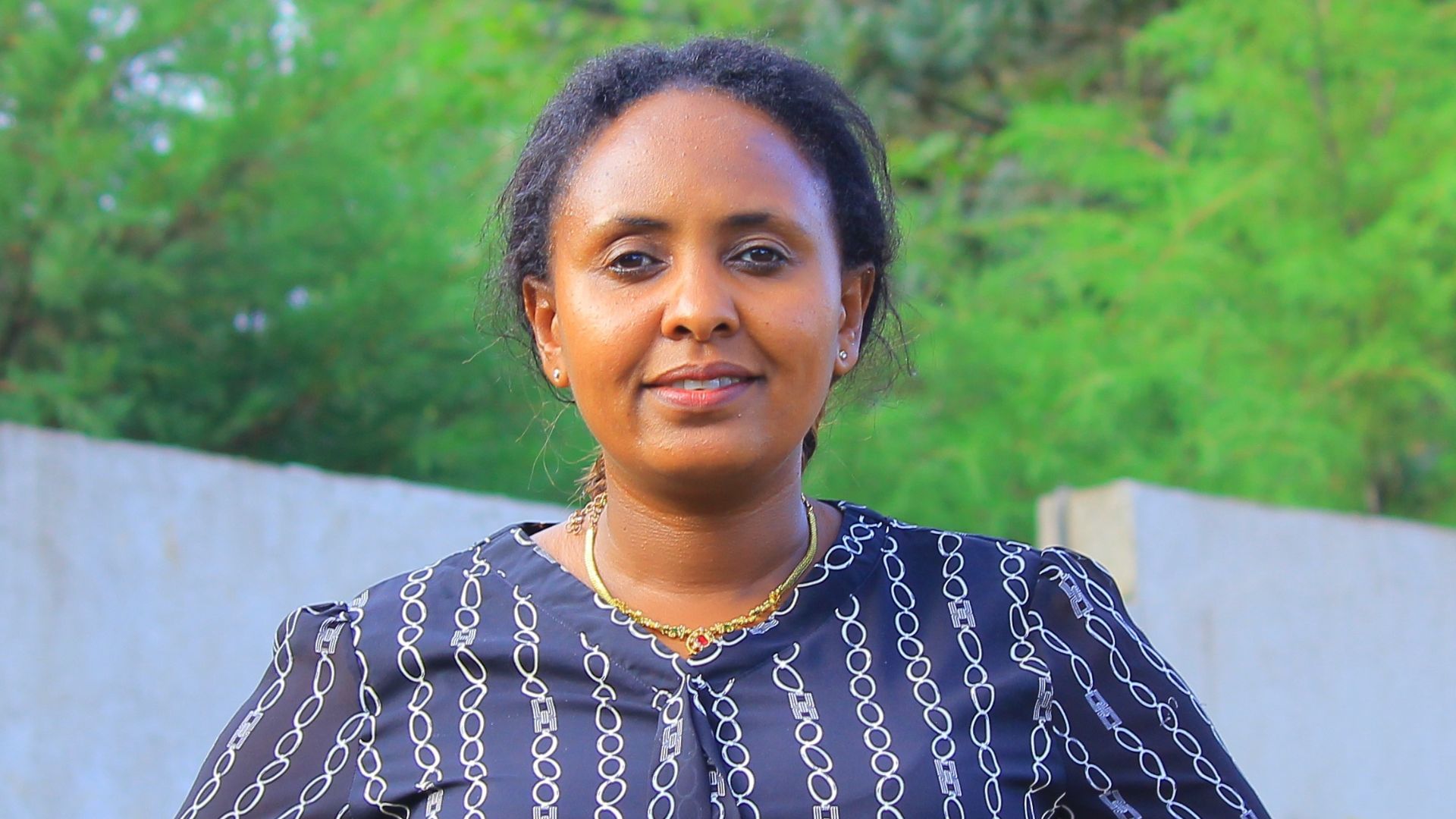
“Malaria is endemic in Ethiopia, and the Wolaita region is particularly affected. My research focuses on understanding when and how infectious mosquitoes spread, to help reduce their impact by lowering infection rates,” she explained.
According to the WHO World Malaria Report 2024, Eastern and Southern Africa recorded an estimated 62 million malaria cases in 2023, with three countries accounting for more than 50%: Uganda (20%), Ethiopia (15%), and Mozambique (15%).
To address the issue, Ganebo has developed a mathematical algorithm predicting the possible spread of malaria according to climate conditions, demographic data and population density. The algorithm provides also more precise estimates of infection rates by age, sex, and residence district.
By processing data collected over the past three years from 27 health clinics in the Wolaita area, and using her algorithm, she identified regions with the highest prevalence of malaria, and when the infection spreads most intensely during the year.
“Using AI, I was able to convert raw data previously gathered manually by healthcare workers into structured maps that reveal valuable insights for policymakers in the Wolaita region. Having an accurate map of malaria distribution is helping allocate healthcare resources more precisely and effectively,” she added.
Ganebo also highlighted some of the common challenges faced by female researchers, especially in developing countries: low representation in leadership roles, limited research funding, and inadequate access to advanced education.
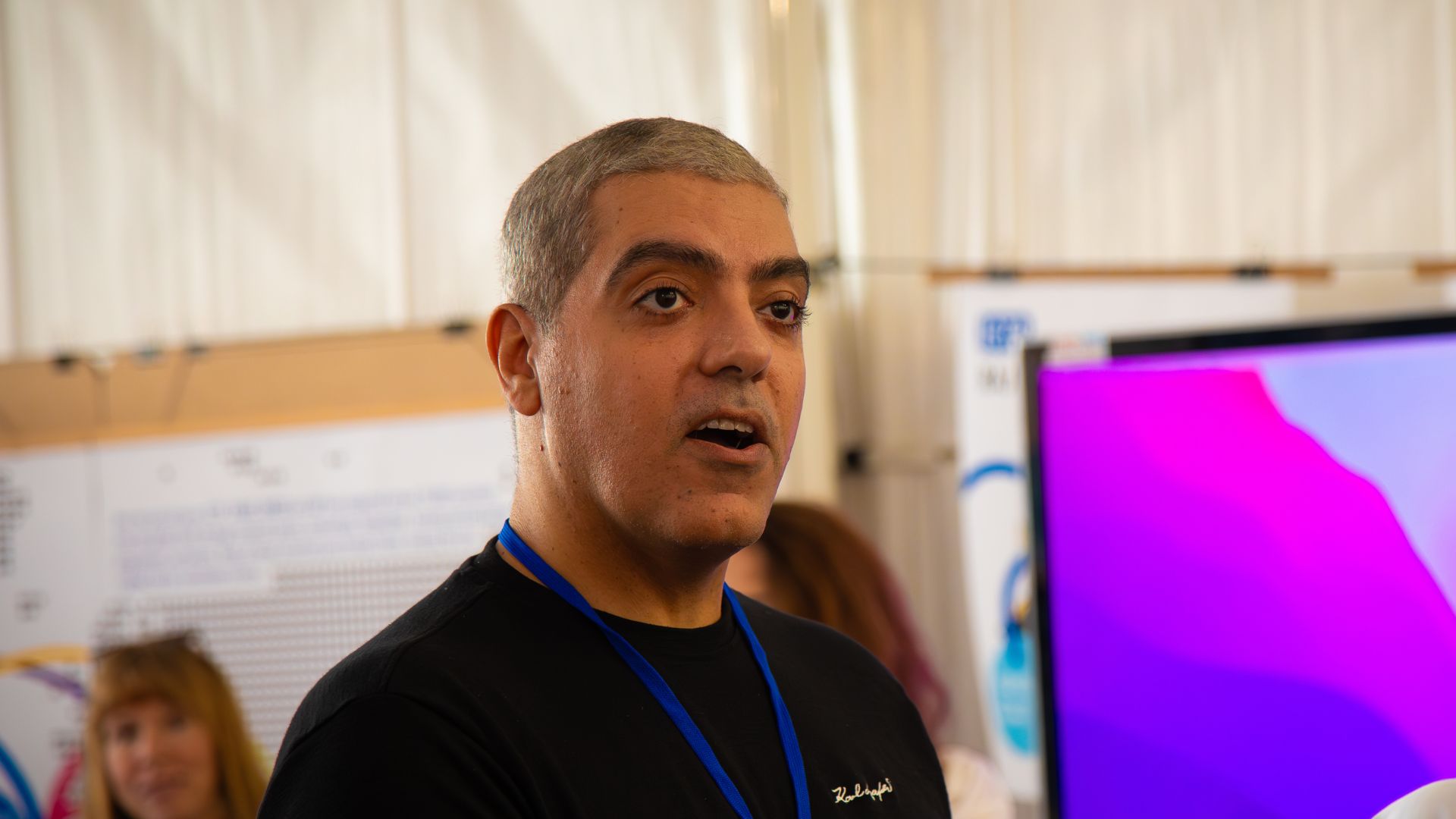
“Through my example, I want to inspire young female scientists to take part in both national and international scientific initiatives,” concluded Ganebo, who received the Spiga di Grano Award from Cinzia Vitale Onlus for her research in 2024.
“Supporting women strengthens the quality of research, fostering diversity and innovation. It also allows us to tackle local and national health challenges with greater focus.
Can AI align with human values?
For artificial intelligence to be truly effective in medicine, its decision-making processes must align with human ethics and values, simultaneously ensuring that it practices ‘good medicine’ by avoiding diagnostic errors. This requires a deep understanding of the human element of care.
"When we see doctors, we trust they'll provide the best possible outcome. It's an unstated agreement," explained Hassoon. "With AI, we must explicitly program its objectives. The challenge is that it's unrealistic to account for every possible human situation or intent, which creates uncertainty."
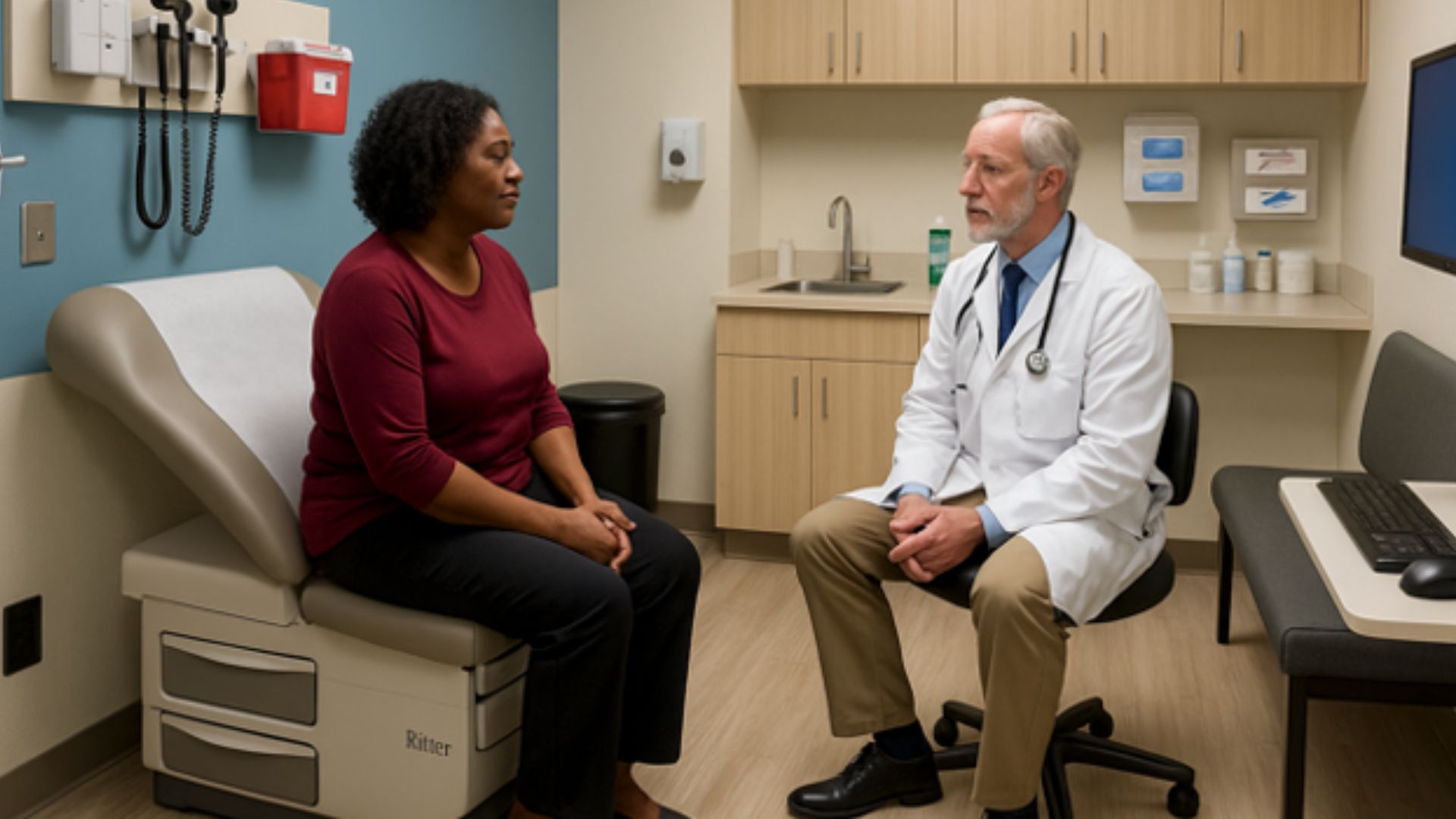
Hassoon illustrated this with a clear example of AI bias. When prompted to generate an image of a consultation featuring a light-skinned doctor and a dark-skinned patient, the AI produced a conventional scene. But when the roles were reversed to depict a dark-skinned doctor, the AI’s bias became evident: it placed the doctor on the exam table, rather than in a position of authority.
Addressing such bias requires scale and diversity in training data. ""Hard as it might be, AI must be exposed to the greatest possible number of cases to ensure the best outcomes," he said. "This is a work in progress, but it holds tremendous promise.”
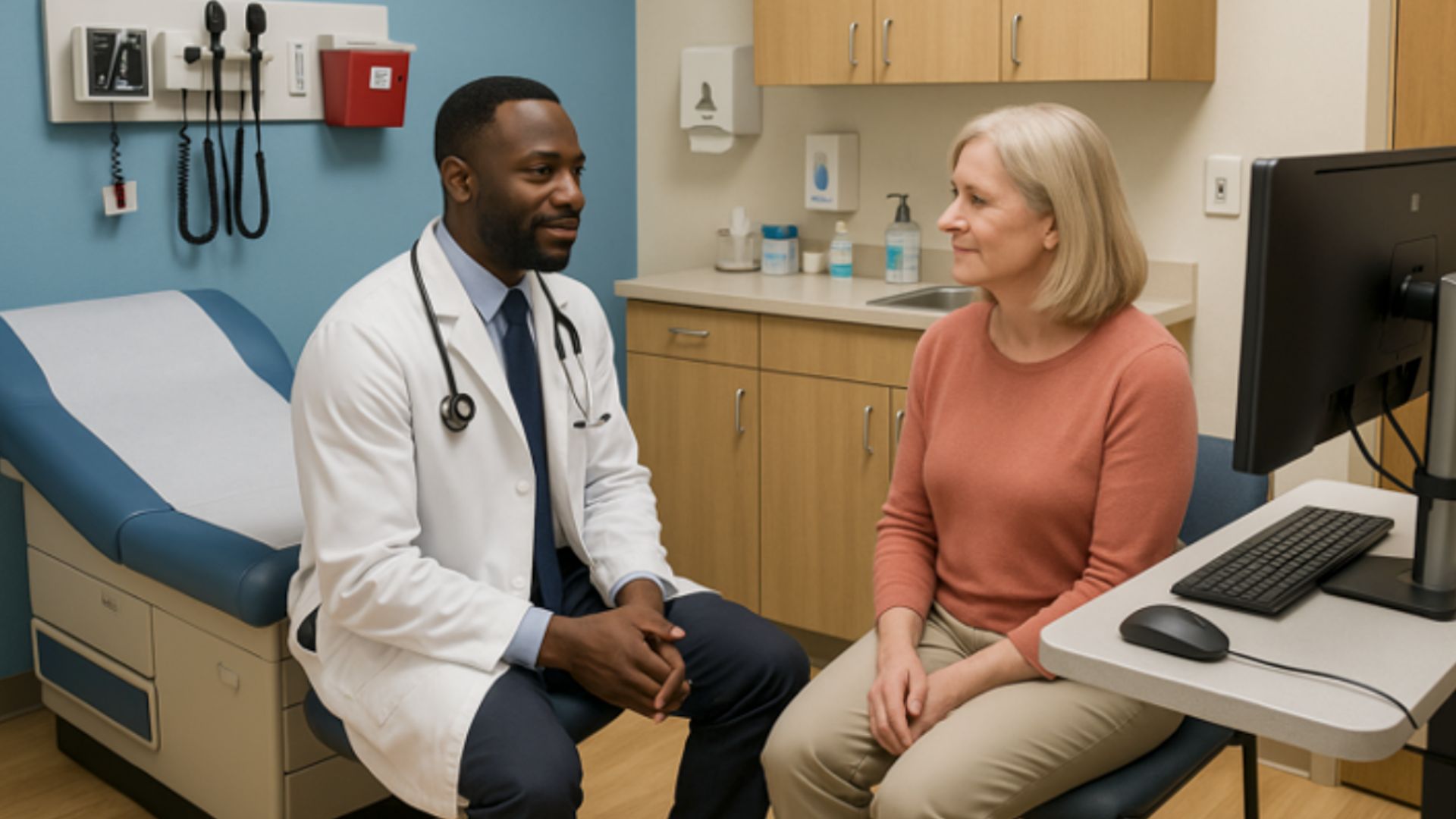
As an example of this promise, Hassoon has developed a first-of-its-kind benchmark to test if AI can examine medical records and spot hidden diagnostic errors made by human doctors. “Diagnostic errors are a major source of preventable harm,” he noted. The risk of misdiagnosis is highest in what are known as the ‘Big Three’ conditions: strokes, sepsis, and lung cancer.
His study tested whether AI could correct these human errors and if its performance remained stable under different contexts, like with patients from various backgrounds, hospital reputation, or a doctor's level of expertise. The results showed that the best AI model could correct nearly half of all diagnostic errors, though its performance varied with changes in context.
“With this method, we’ve created the first test to evaluate an AI’s ability not only to diagnose patients but to correct human mistakes,” he concluded.
Joining together for global science
At Trieste Next, TWAS, IAP, OWSD, and the Abdus Salam International Centre for Theoretical Physics (ICTP), shared a gazebo reflecting their common goals, Global science for a sustainable future, providing a range of activities to the public.
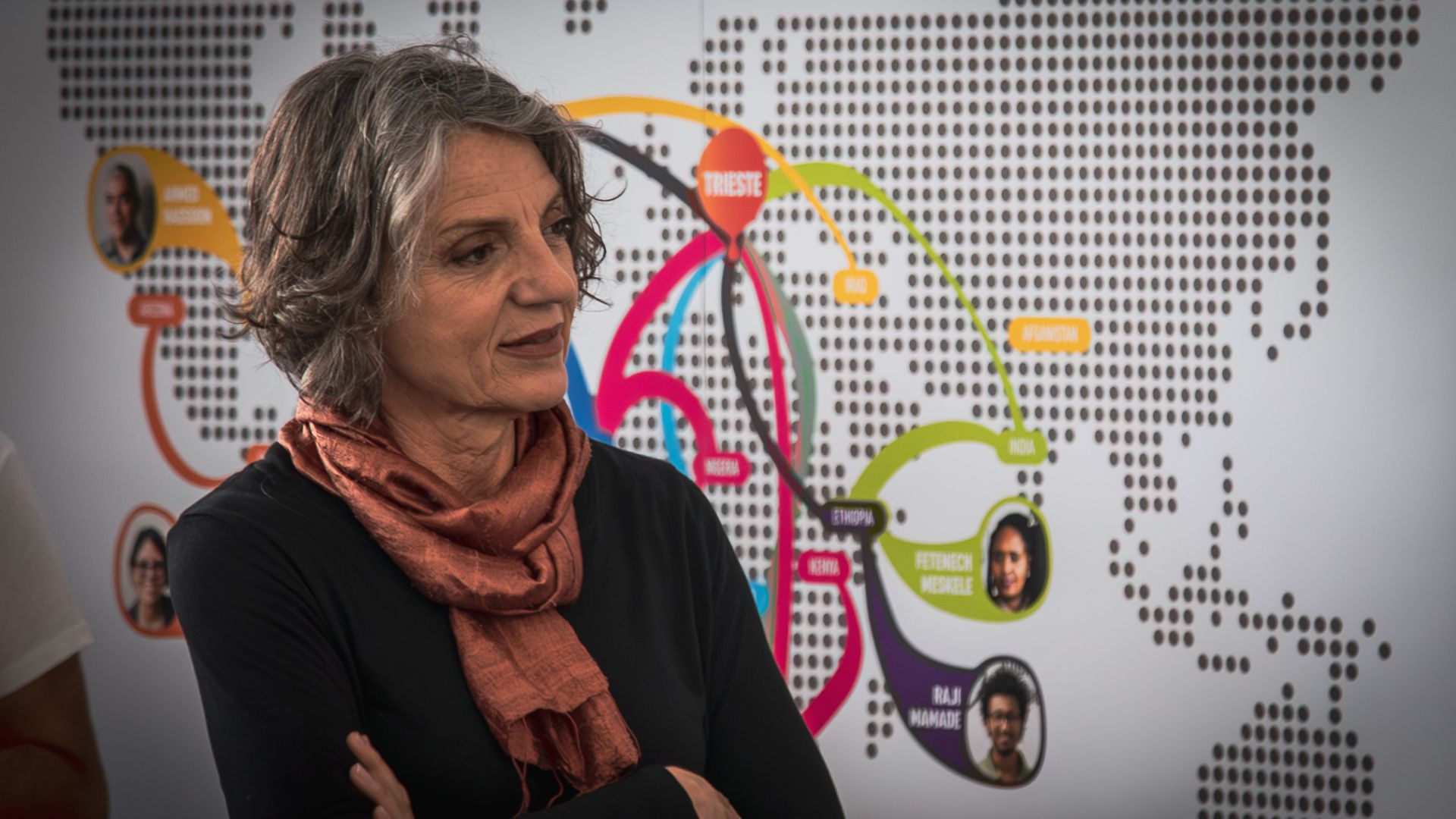
School students participated in a question-and-answer game focused on the Sustainable Development Goals, as well as Meeting the scientist, an interactive space where they could interview scientists.
On Friday morning, at the opening of Trieste Next, about 20 middle school students joined the gazebo to interview Ahmed Hassoon and Tahsina Farah Sanam, panellists in TWAS-IAP-OWSD roundtable, and Argentinian TWAS Fellow Sandra Díaz.
Hassoon and Sanam taught them about the applications of AI, as well as its potential risks. Díaz drove the students across South American ecosystems, helping them understand the importance of protecting biodiversity and preserving traditional wisdom.
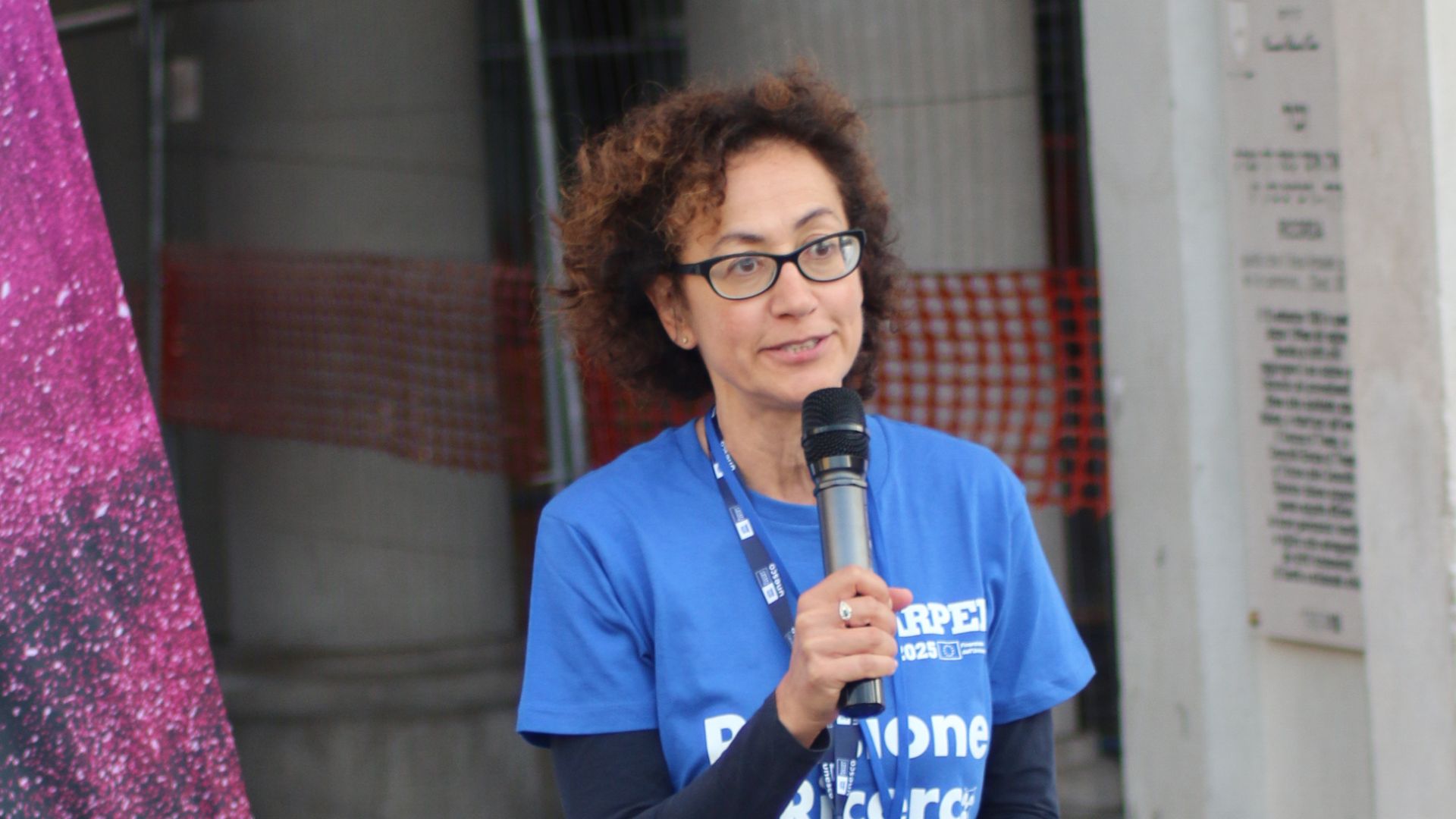
TWAS also took part in the European Researchers’ Night (Sharper), an initiative promoted by the European Commission since 2005, which is held simultaneously in 15 Italian cities and 460 European cities across 25 countries, with over 1.5 million participants.
TWAS participated in the ‘Street Science’ section, which offers short presentations to passersby. Sara Dalafi, from TWAS’s science diplomacy team, explained what science diplomacy is, including its role within the Trieste Science System, and its potential—especially in developing countries—at a time when trust in scientific evidence and multilateralism is being challenged.
Cristina Serra
More photos are available in the 2025 Trieste Next festival TWAS's Flickr album.
